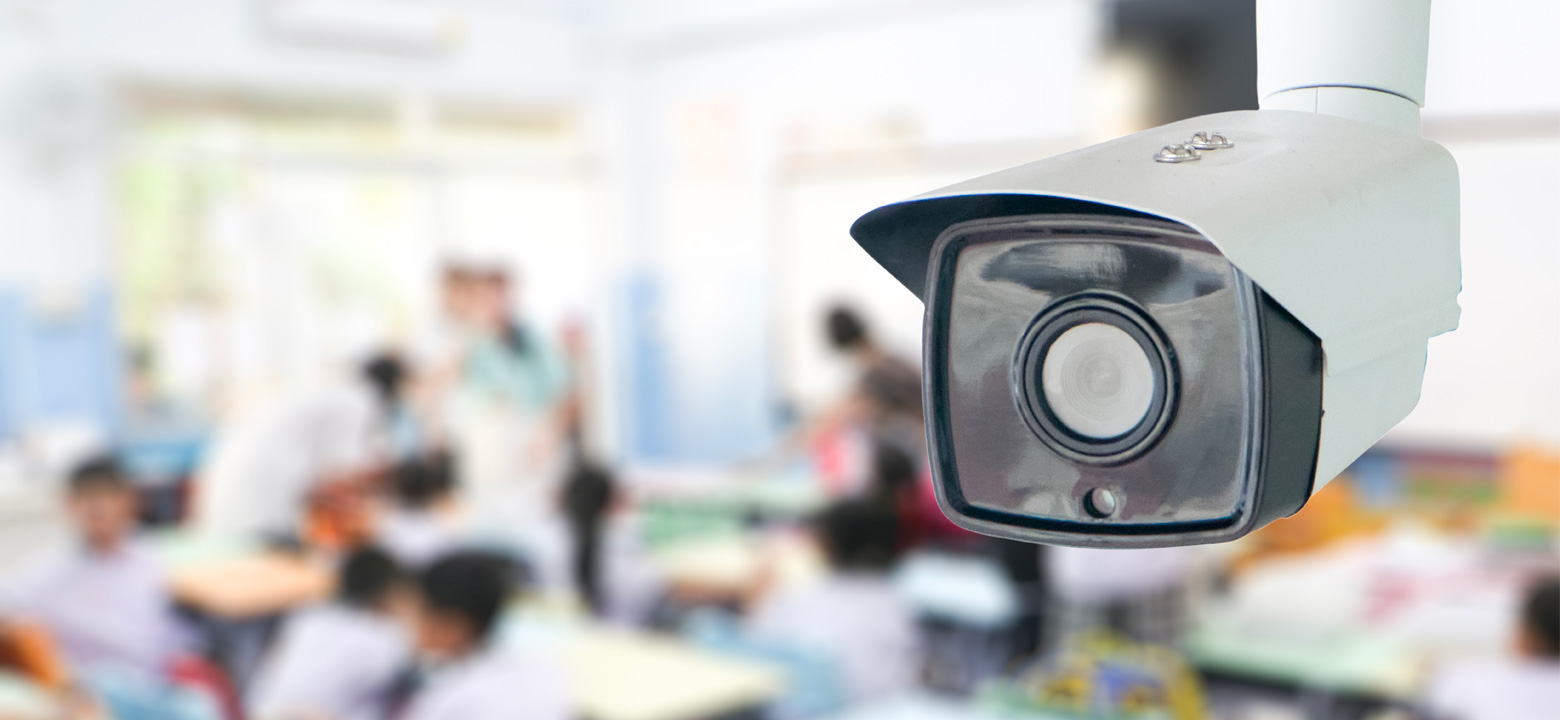
Modern problems require modern solutions. As schools discover more gaps in security, the tech sector is responding by creating new strategies to protect students and teachers alike. Here are just a few of the ways that tech companies are working to keep schools secure:
In many cases, dangerous incidents happen because red flags go unheeded. Few people end up lashing out out of the blue—there's often a pattern of behavior that leads up to it. The Anonymous Alert app allows both students and teachers to report behavioral incidents anonymously. Giving reporters a layer of anonymity helps encourage them to speak up when they see sketchy behavior, without the fear of reprisal.
Sometimes, questionable behavior doesn't take place at school, where students and teachers can see and report it. Those who are at risk of perpetrating a school shooting often have a recognizable pattern of online behavior that experts are only now beginning to recognize. Social media monitoring software does exactly what it says—it monitors social media outlets to pick up on keywords that may indicate a threat to students, teachers, or other school staff, helping schools to stop a shooting before it begins.
During a security incident, seconds count. What happens if students or teachers are in an area where they can't be alerted to what's going on? Several new technologies seek to address this in various forms, including mass messaging software and programs like Alertus Desktop. Mass messaging software send alerts, bulletins, or memos to any device with the software installed. Alertus Desktop and other programs like it create alerts that pop up simultaneously on every desktop across an entire school.
“Hardening” refers to the process of making a campus more physically secure. As opposed to technology that helps students, teachers, and law enforcement respond more effectively to security breaches, hardening measures ensure school safety by preventing breaches in the first place. Some schools have implemented security vestibules, complete with special locks, bulletproof glass, security guards, and metal detectors. Some have even advanced to x-ray machines, which allow them to spot weapons, drugs, or other contraband materials before they ever get through the door.
Security cameras can't prevent a shooting, but they can relay exactly what's happening to teachers and law enforcement. When they are coupled with facial and license plate recognition software, they can help schools keep intruders out—whether disgruntled staff, expelled or suspended students, or strangers who don't belong on campus. Some schools have even implemented technology that requires visitors to scan their state or federal ID cards before entering. Their names and photos are then compared to a database of registered sex offenders, allowing security staff to preemptively deny them entry.
Panic buttons are indispensable when it comes to school safety. This isn't limited to violent incidents, either—panic buttons are equally important tools for managing medical emergencies and fires. Even if a teacher can't get to a phone or PA system, having a panic button available ensures that they can contact school administrators and first responders in the event of an emergency. New mobile technology means that they can have a panic button on them at all times, clipped to a belt or pocket.
One of the hardest parts of an emergency is knowing exactly what's going on. While video surveillance helps relay important information to school staff and police, video feeds rarely cover all of the areas that they need to. In response, some schools are introducing gunshot detection systems, which can pick up on and report the locations of gunshots to police and school staff in real-time.
There are potential drawbacks or concerns associated with the adoption of these technologies.
Privacy Concerns: With the implementation of technologies like social media monitoring, video surveillance with recognition software, and mobile panic buttons, there may be concerns about the invasion of privacy. It's important to address how these systems balance security needs with individuals' rights to privacy.
Cost and Accessibility: While these technologies offer promising solutions, their implementation often comes with significant costs. Discussing the financial implications and the accessibility of these technologies for all schools, including those with limited budgets, would provide a more comprehensive perspective.
False Positives and Reliability: Technologies like gunshot detection systems and social media monitoring software may produce false positives or inaccuracies. It's crucial to address the reliability of these systems and how schools are mitigating the risk of false alarms or misinterpretations that could potentially cause unnecessary panic or disruptions.
Ethical Considerations: Some technologies, such as facial recognition software and ID card scanning, raise ethical concerns regarding surveillance and data collection. Exploring the ethical implications of using such technologies in educational settings would add depth to the discussion.
Impact on School Culture: Introducing security measures like anonymous reporting apps and mass messaging systems may affect the overall culture and atmosphere within schools. Consider discussing how these technologies influence trust, communication, and the sense of community among students, teachers, and staff.
Training and Education: Simply deploying technology is not sufficient; proper training and education are essential to ensure effective utilization and response. Discussing the importance of training programs for both staff and students to familiarize them with these security measures would enhance the article's completeness.
In a perfect world, schools would never have to worry about security. Unfortunately, they are often the targets of violence. These security measures help prevent incidents by keeping intruders out, recognizing and reporting questionable behavior, and allowing teachers, administrators, and law enforcement to respond more quickly and effectively to any problems that arise. By implementing these technologies, schools can help ensure the safety of their students and staff.